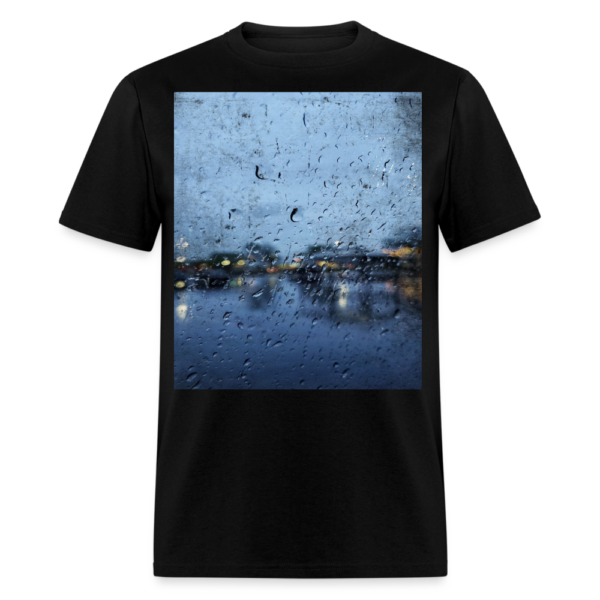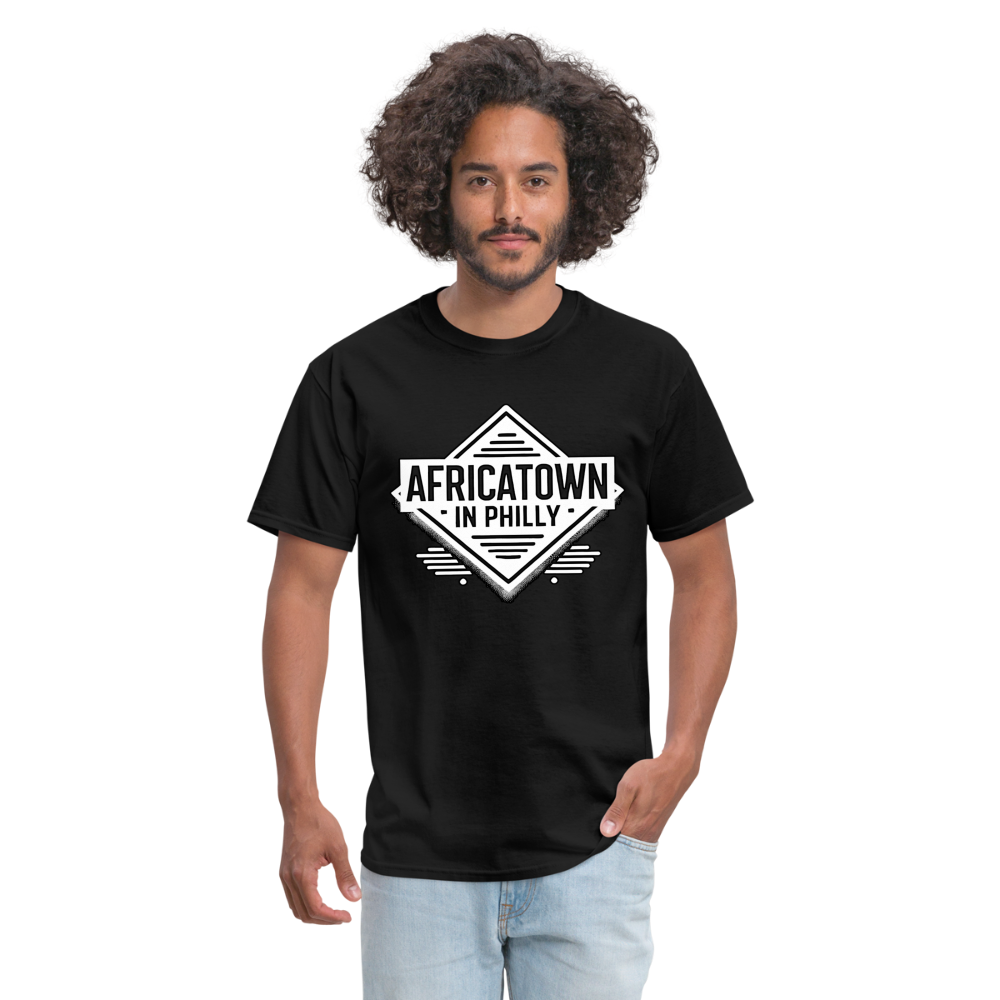Have you ever wondered why Philadelphia’s weather has such a unique character? Nestled in the Delaware Valley and cradled by the meandering Schuylkill River, Philadelphia’s climate is more than just a mix of hot summers and chilly winters. Its location, combined with the influence of nearby mountains, creates a fascinating microclimate that includes a mild rain shadow effect. In this post, we’re diving deep into the science and geography behind Philly’s weather, exploring how its valleys and nearby highlands shape the local climate, and why this matters to residents and visitors alike. Read on, and don’t forget to comment and share your thoughts!
🌍 A Closer Look at Philadelphia’s Geography
Philadelphia sits in one of the most historically and geographically rich regions in the United States. Located in the heart of the Delaware Valley, the city benefits from a landscape that includes a network of rivers and valleys. The Delaware River, one of the major waterways on the East Coast, provides a natural corridor for moist, oceanic air to flow inland. Alongside it, the Schuylkill River winds its way through the city and its surroundings, creating a valley that further influences weather patterns.
To the west of Philadelphia, you’ll find the beginnings of the Appalachian Mountain range. Although the city itself isn’t surrounded by high peaks, the nearby foothills and lower ranges create a subtle barrier that can impact the way air moves across the region. This geographical setup plays a crucial role in what meteorologists call a “rain shadow” effect.
☁️ The Delaware and Schuylkill Valleys: Natural Weather Funnels
The Delaware Valley is much more than a scenic waterway—it’s a natural funnel for weather systems. Air masses coming from the Atlantic Ocean travel inland, bringing moisture that contributes to the overall precipitation in the region. The valley’s relatively flat terrain allows these moist air masses to travel unimpeded until they encounter variations in elevation.
The Schuylkill Valley, closely associated with the river that flows through Philadelphia, further channels this weather. This means that Philadelphia not only experiences the direct influence of Atlantic moisture but also benefits from a sort of guided flow that sometimes results in concentrated or, conversely, reduced precipitation in certain areas.
When weather systems hit the western foothills of the Appalachian chain, the rising terrain forces the air upward—a process known as orographic lift. As the air ascends, it cools and condenses, forming clouds and often leading to rainfall on the windward side of the mountains. However, once the air descends on the leeward side, it warms up and dries out, creating what is known as a rain shadow. For Philadelphia, this effect is mild but noticeable, adding another layer of complexity to its weather.
🌦️ Understanding the Mild Rain Shadow Effect
Rain shadows occur when mountains or highlands block the passage of rain-producing weather systems, causing one side to receive significantly less precipitation. In Philadelphia, the “mountains to the left” of the city—typically referring to the lower elevations of the Appalachian foothills—do not create a full-blown rain shadow but do contribute to a subtle drying effect in some localized areas.
This mild rain shadow means that while Philadelphia does receive a good amount of rainfall throughout the year, there are periods, especially during certain seasonal transitions, when the moisture is slightly less intense than on the windward side of the nearby highlands. The result is a balanced climate that avoids extremes of dryness and over-saturation—a factor that has a positive impact on local agriculture, water management, and even the comfort of outdoor activities.
🌞 Seasonal Variations in Philadelphia’s Weather
Philadelphia’s location in the Delaware Valley combined with the influence of nearby mountains creates a climate with distinct seasonal variations:
Spring: A Season of Change
Spring in Philadelphia is a time of transition. The increasing warmth from the sun triggers the melting of any lingering winter chill. As the moist Atlantic air meets the still-cooler land, you can experience a mix of rain showers and sunny spells. This season is characterized by the gradual awakening of nature, with blossoming trees and vibrant urban gardens. The mild rain shadow effect may sometimes lead to slightly drier conditions on the western side of the city, making for varied weather even within a single day.
Summer: Hot Days and Occasional Thunderstorms
Summers in Philadelphia are known for their heat and humidity. The Delaware Valley helps trap moisture, leading to the occasional afternoon thunderstorm. Despite the heat, the rain shadow effect provided by the western mountains can sometimes offer relief, reducing the intensity of rainfall during certain storm events. This means that while some parts of the city might see heavy downpours, others might experience more moderate, scattered showers—perfect for those who prefer a bit of dryness on a sunny day.
Autumn: Crisp Air and Diminishing Rainfall
Fall is a favorite season for many Philadelphians. As temperatures begin to drop, the humidity recedes, and the city is treated to clear, crisp days. The interplay between the moist air coming from the Atlantic and the dry, descending air from the western highlands can lead to brief periods of drier weather. This makes autumn an ideal time for outdoor festivals, walks in the park, and enjoying the stunning fall foliage that the region is famous for.
Winter: A Blend of Cold, Snow, and Occasional Sunshine
Winters in Philadelphia can be unpredictable. While the city is not known for heavy snowfall compared to more northern locales, it does experience cold spells that can bring snow and icy conditions. The rain shadow effect in winter is less pronounced, as weather systems tend to be more dynamic and the influence of the nearby mountains less significant when it comes to snowfall distribution. However, the overall moderate precipitation levels help ensure that winter remains relatively mild compared to areas further inland or at higher elevations.
🌈 How These Weather Patterns Affect Local Life
The unique blend of influences on Philadelphia’s weather creates a living, breathing climate that affects many aspects of daily life. Here are a few ways in which these weather patterns make an impact:
- Urban Planning and Infrastructure: City planners must account for the variations in rainfall and temperature when designing drainage systems, road maintenance schedules, and green spaces. The mild rain shadow effect means that while some neighborhoods might experience slightly drier conditions, the overall design of the city is geared toward managing a balanced climate.
- Outdoor Activities: For those who love outdoor adventures, the ever-changing weather offers both challenges and delights. Whether you’re planning a picnic in the park, a stroll along the river, or a day exploring historic sites, understanding the local weather patterns can help you plan better.
- Agriculture and Gardening: Local farmers and urban gardeners have learned to work with the natural rhythms of the climate. The combination of adequate moisture and periodic drier spells creates an environment where a variety of crops can thrive. This is especially important in community gardens and urban farming initiatives across the city.
- Cultural and Community Events: Philadelphia’s weather plays a role in determining the timing and success of outdoor festivals, concerts, and sports events. Organizers often keep a keen eye on seasonal forecasts to ensure that events are scheduled during periods of pleasant weather, maximizing community participation and enjoyment.
🔍 The Role of Climate Change and Future Trends
No discussion about weather can ignore the broader context of global climate change. In recent years, meteorologists have observed subtle shifts in precipitation patterns, temperature ranges, and seasonal timing across the Delaware Valley region. While Philadelphia’s location and geography continue to shape its weather, rising global temperatures and changing atmospheric conditions are influencing how these patterns play out.
Experts suggest that even minor alterations in regional climate can have cascading effects on local weather phenomena. For example, the balance between the moist Atlantic air and the drying influence of the western mountains might shift, potentially altering the frequency and intensity of rainfall events. Residents are encouraged to stay informed about local weather updates and long-term climate trends, as these will help communities adapt to any changes in the near future.
📊 Modern Tools and Technology in Weather Forecasting
The advancements in weather forecasting technology have made it easier than ever to track and predict Philadelphia’s unique weather patterns. From satellite imagery to high-resolution radar systems, modern meteorology provides detailed insights into how the Delaware and Schuylkill Valleys interact with incoming weather systems. These tools allow forecasters to better understand the mild rain shadow effect and to deliver accurate, up-to-date information that helps residents plan their days.
Mobile apps, interactive websites, and local news outlets offer real-time weather updates, ensuring that whether you’re heading out for a morning jog or planning an evening outing, you have the latest information at your fingertips. This connectivity not only enhances individual preparedness but also helps communities respond collectively to weather-related challenges.
💬 Join the Conversation!
We hope you’ve enjoyed this deep dive into the fascinating world of Philadelphia’s weather. From the natural funnels of the Delaware and Schuylkill Valleys to the subtle yet significant influence of nearby mountains, there’s so much to appreciate about how geography shapes our local climate. What do you think about the mild rain shadow effect? Have you noticed differences in weather patterns in various parts of the city? We’d love to hear your experiences and insights!
Please leave a comment below and share this post with your friends, family, and fellow weather enthusiasts. Whether you’re a local resident or simply fascinated by the science of weather, your voice adds value to this ongoing conversation about how nature and geography work together to create the climate we experience every day.
🌟 Final Thoughts
Philadelphia’s weather is a story of balance—where moist, oceanic air meets the dry, warming influence of descending mountain air. This interaction creates a climate that is as dynamic as it is welcoming, influencing everything from urban design to outdoor festivities. While the mild rain shadow effect might seem like a small piece of the puzzle, it is an essential factor in understanding why our city experiences the weather patterns it does.
As we look to the future, staying informed and connected will be more important than ever. With the help of modern forecasting tools and a community that cares, Philadelphia will continue to navigate the challenges and celebrate the beauty of its unique climate. Remember, every weather pattern tells a story—one that is written by nature, shaped by geography, and experienced by each of us.
Thank you for reading! If you found this post helpful, be sure to hit that share button and leave a comment below. Your support helps spread the word about the wonders of our local weather and encourages more people to explore the fascinating interplay of nature and science in our everyday lives.
Azule Blue | Rain Old Photo Style Unisex Classic T-Shirt
Azule Blue | Rain Old Photo Style Unisex Classic T-Shirt. The Azule Blue | Rain Old Photo Style Unisex Classic T-Shirt features a moody, vintage-inspired depiction of a rainy day in serene shades of Azule Blue. This timeless design evokes a sense of calm and nostalgia, making it the perfect piece for anyone who finds beauty in rainy-day reflections and retro aesthetics.
------------------------------------------------
We use AI GPT Chatbots to help with our content and may get some things wrong.
-------------------------------------------------







